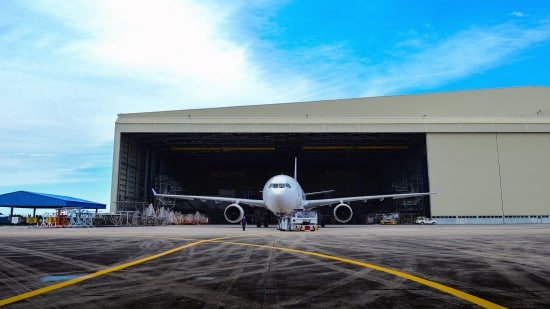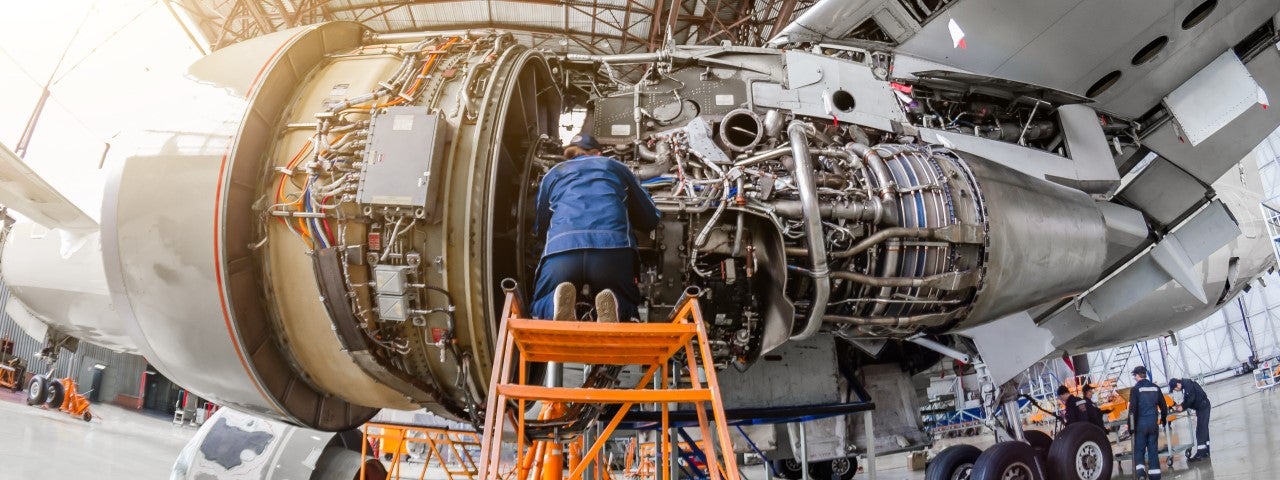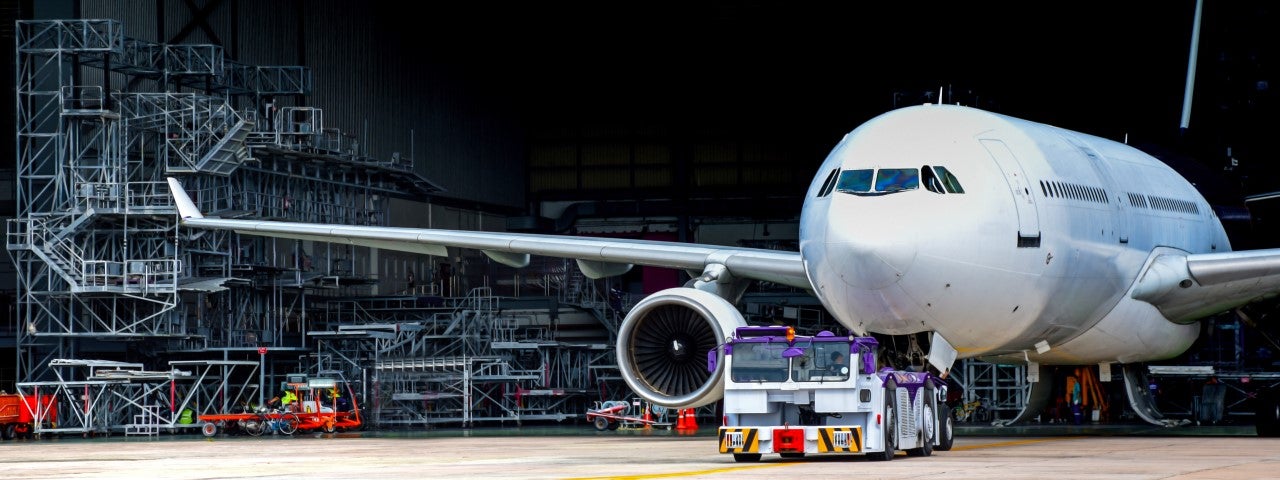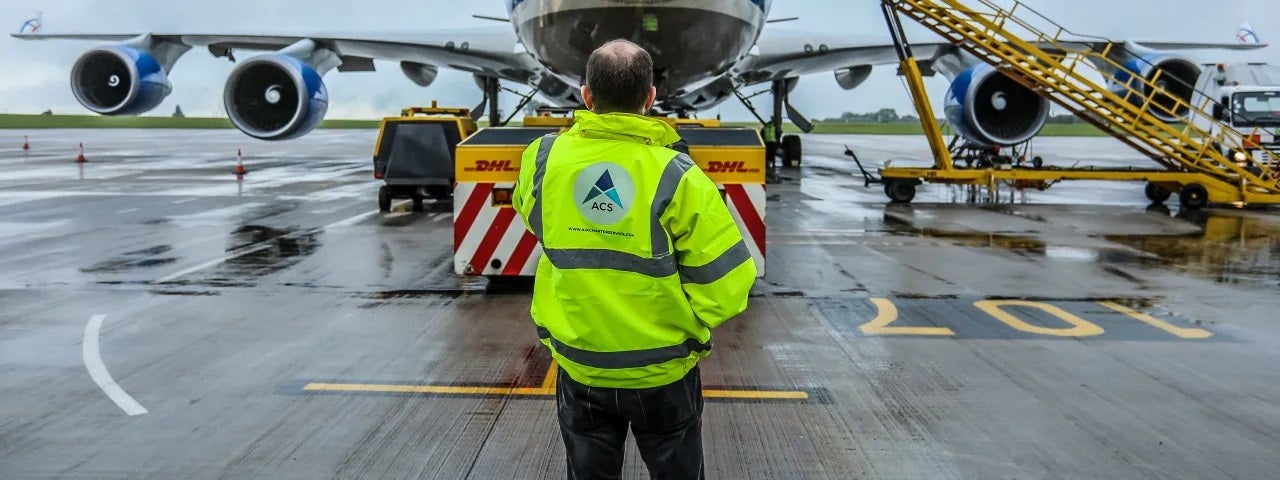How aircraft leasing solutions are helping an uncertain airline market
On the surface, the airline industry ended 2022 stronger than it started it, with total air traffic up 64.4% on 2021 according to the International Air Transport Association (IATA). This, coupled with China’s relaxation of Covid-19 travel restrictions, has led industry experts to predict that passenger air travel could return to pre-pandemic levels by mid-2023.
However, while demand looks promising, the economic uncertainty and supply-side issues caused by the pandemic continue to impact recovery. In some cases, these problems have grown, leaving airlines facing huge short- and long-term challenges.
With the help of two of our expert ACMI (Aircraft, Crew, Maintenance and Insurance) team, Ryan Davies (pictured left) and Daniel Huggins (pictured right), we look into the problems facing the airline industry and why aircraft leasing is proving the most flexible and viable option for many airlines trying to keep up with demand.
Challenges facing the airline industry
“We’re hearing from clients that they’re experiencing nine-month delays for aircraft to come out of maintenance,” explains Air Charter Service’s Senior ACMI Aircraft Leasing Executive, Ryan Davies. “But it’s not just maintenance slots that airlines are finding hard to come by these days. Crew, pilot and ground staff shortages are also causing massive disruptions.
“Despite a strong recovery in passenger traffic in 2022, the supply side of the airline industry is struggling to keep up with demand. That’s where we come in to provide the solution.”
Staff shortages
Industry body Air Transport Action Group says around 2.3 million aviation jobs were lost globally during the pandemic, with the hardest-hit areas being ground handling and security. As demand has increased, many workers have either been slow to come back to the sector or decided not to return at all, having been lured by the 'gig' economy or retired early.
“The issue has received a lot of publicity recently, following heavy flight cancellations throughout 2022 in Europe and the United States,” Ryan says. “Interestingly, cabin crew shortages appear to get the most news coverage, but staff shortages run deeper than that.”
The airline industry was wary of a potential pilot shortage even before the pandemic – and despite efforts to close the gap, consulting firm Oliver Wyman now predicts a global shortage of nearly 80,000 pilots by 2032. The issue is already causing countless cancellations and a deficit of around 6,000 pilots a year in Europe alone, according to Boeing.
Maintenance delays
While the cabin crew shortage has dominated headlines, difficulty sourcing mechanics has also caused drastic knock-on effects. In 2022, Abdol Moabery, CEO of commercial aviation company GA Telesis, was quoted as saying: “We are struggling in a big way. We can’t get enough workers”.
Similarly to airline staff, COVID-19 job cuts sped up a pre-pandemic trend of mechanics switching industry or retiring – and colleges are struggling to produce enough graduates to replace them. This lack of mechanics, coupled with airlines needing aircraft maintenance services at an ever-increasing rate, has caused a supply deficit of available jets.
Air Charter Service’s Regional Director of Aircraft Leasing for the Middle East, India and Africa, Daniel Huggins, is seeing these issues first-hand. “A commonly-used jet engine is currently facing issues and vast numbers of them need to be repaired,” he explains. “But it’s not just the lack of hanger space and staff that’s causing delays, it’s the suppliers producing the parts required to fix the engines that are holding up production lines.”
“This is just one example. We’re also hearing stories in February of airlines being unable to secure maintenance slots for the whole of 2023. This has forced them to source aircraft elsewhere – and they’re turning to us to find them.”
Aircraft availability and delays
While severe bottlenecks in maintenance, repair and overhaul (MRO) plants frustrate efforts to keep existing jets in regular service and get others out of storage, major manufacturers building new aircraft are also experiencing delays.
One of the industry's biggest issues is getting hold of enough widely-used narrow-body jets to meet demand, as battered supply chains hold up new deliveries. Some industry executives have placed the blame squarely on the shoulders of planemakers, insinuating they’ve “grossly misjudged” output as delivery dates for new aircraft are constantly pushed back, further reducing the pool of available jets.
Market uncertainty
As air travel recovers, it’s still hard to predict how consumers will behave in the short to medium term. A cost-of-living crisis and the threat of a global recession mean demand for air travel may not continue to increase at the same rate in 2023 as it did in 2022.
“Operators are reluctant to put more aircraft in for maintenance, due to long lead times and fears of insufficient demand when they come out,” says Daniel. “If you add this uncertainty to the staff shortages, it’s no surprise leasing is an increasingly popular option.”
How ACS is filling the void
“Ultimately, more and more airlines are turning to aircraft leasing – and more specifically, wet leasing – for much-needed flexibility during these uncertain times,” Ryan concludes.
“Wet leasing preserves service continuity and improves fleet efficiency, allowing airlines to plan their schedules for the summer and beyond with more confidence. These benefits are likely to be sought throughout 2023 as the aviation industry continues to recover and adapt.
“Since early 2022, we’ve seen some airlines wanting to lease larger aircraft than those currently in their fleet to satisfy increased demand. Others don't have enough crew or need speedy replacements for aircraft awaiting maintenance. The strong supplier relationships we’ve built over the past 30 years, along with our regional teams’ local expertise, means we can source aircraft and provide innovative leasing solutions even amidst high demand.
“We’re expecting another busy summer period in 2023, so we’ve asked customers to give us plenty of notice so we can source the aircraft they need when they need them.”
Click here to learn more about what our aircraft leasing team can do for you.

 On the surface, the airline industry appears to be in a stronger place. But while demand looks promising, supply issues caused by the Covid-19 pandemic are still impacting recovery. We look into how aircraft leasing with Air Charter Service offers a flexible solution.
On the surface, the airline industry appears to be in a stronger place. But while demand looks promising, supply issues caused by the Covid-19 pandemic are still impacting recovery. We look into how aircraft leasing with Air Charter Service offers a flexible solution.







